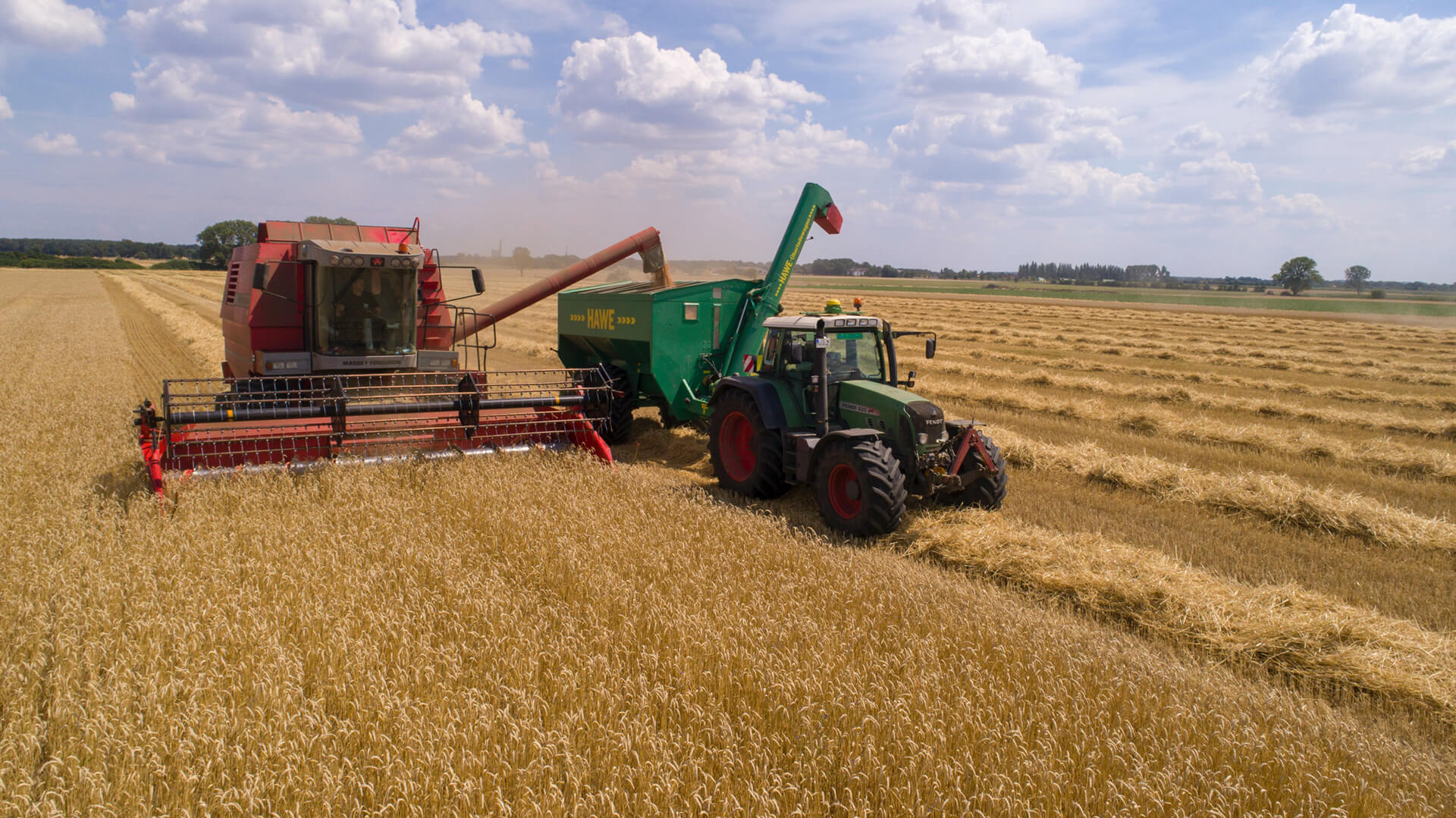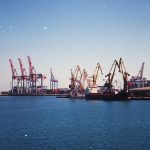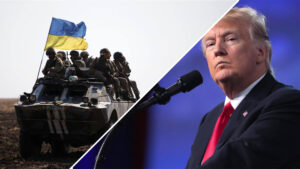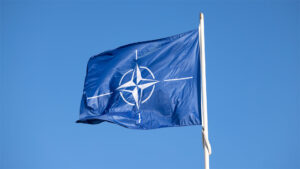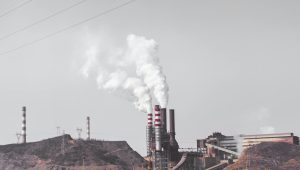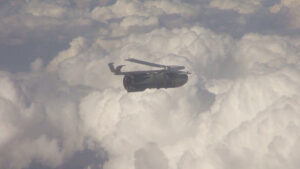Russia’s ongoing invasion of Ukraine is now in its second week. The rage that swept the Western world — particularly acute in Europe — has not abated, with all talk about how to punish Moscow more thoroughly. New sanctions are under discussion. Goals range from gutting Russia’s oligarchic class, to starving the Kremlin of income, to broadly shutting Russia out of the global economy completely. So far, the combination of government sanctions, public outrage, and corporate boycotts are putting us well along the path to that goal.
There are costs. Costs that the world is only now starting to consider. Russia is the world’s largest exporter of natural gas and nickel, the world’s second-largest exporter of oil and steel, and the third-largest exporter of coal and aluminum. We can live without these things, but make no mistake, it will hurt.
What we cannot live without food. Russia is the world’s largest exporter of wheat, and it has invaded Ukraine, the world’s fifth-largest exporter. Russia’s war strategy uses techniques pioneered in the flattening of Groznyy in the Second Chechen War, that were then honed during the destruction of Aleppo in the Syrian Civil War. Russia’s artillery is now obliterating Ukraine’s civilian infrastructure one city at a time
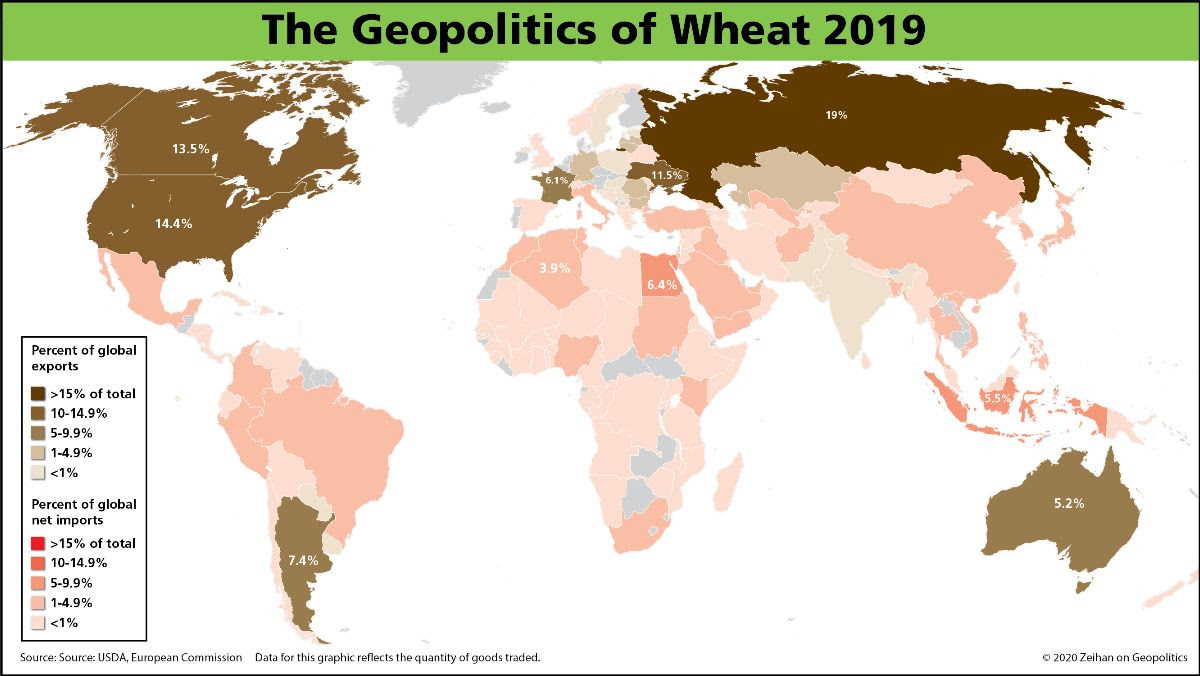
It is gruesome. It is inhumane. It is unforgiveable. And it is only the beginning of the destruction. We are being treated to a feast of visual violence in the ongoing destruction of Ukrainian cities we have recently become familiar with: Kyiv, Kharkiv, Mariupol. But lost in the noise of the burning of Ukraine’s large population centers is Russia’s far more methodical, downright Hitlerite, annihilation of Ukraine’s towns and villages. The towns and villages that are the bone and sinew supporting the Ukrainian agricultural sector. Ukraine will not plant crops this spring or summer. The world has lost one of its largest and most reliable sources of wheat, sunflower, safflower and barley.
Nor will Ukraine return to the ranks of major food suppliers anytime soon. Russia’s wave of deliberate destruction will soon reach the port city of Odessa. Not only is Odessa Ukraine’s commercial capital, not only will its fall signal an end to Ukraine’s maritime frontage, Odessa is also the export point for nearly all of Ukraine’s agricultural bounty. Until it is freed from Russian control and rebuilt, large-scale Ukrainian exports will remain beyond reach.
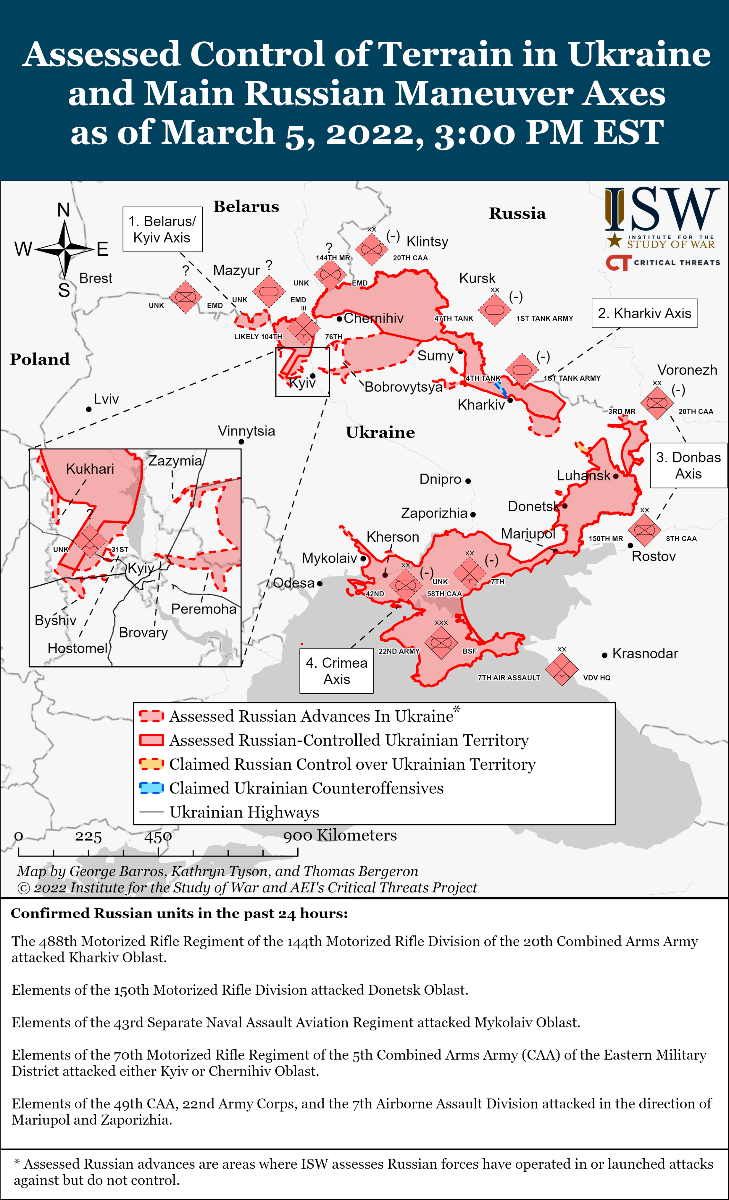
This, all this, is unfortunately only the tip of the Third Horseman’s spear. Russia’s willful destruction of Ukraine is only one of a host of factors adding up to the most stressed agricultural markets in post-World War II history.
Join us this Friday, March 11, as Peter Zeihan lays it all out in the context of the Ukraine War. Inputs, outputs, producers, products, markets, transit, consumption, and the beginning of the end of global agriculture.
REGISTER FOR THE UKRAINE WAR: AGRICULTURE EDITION
Can’t make it to the live webinar? No problem! All paid registrants will be sent a link to access the recording of the webinar and Q&A session, as well as a copy of presentation materials, after the live webinar concludes.


